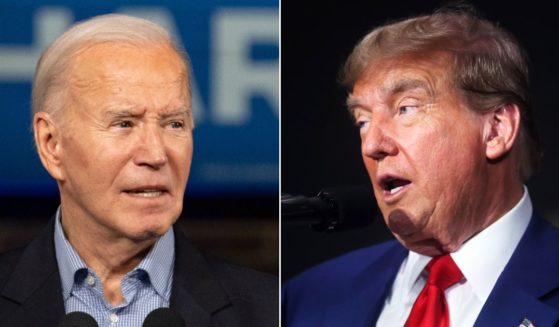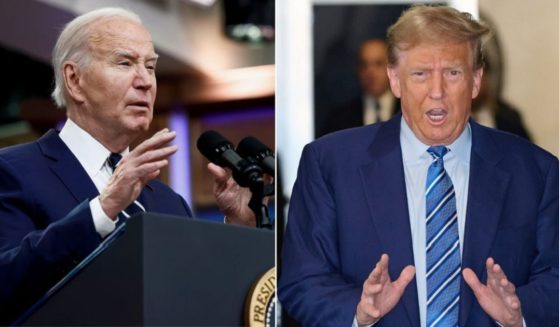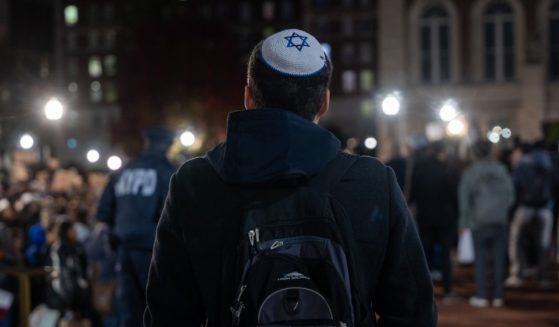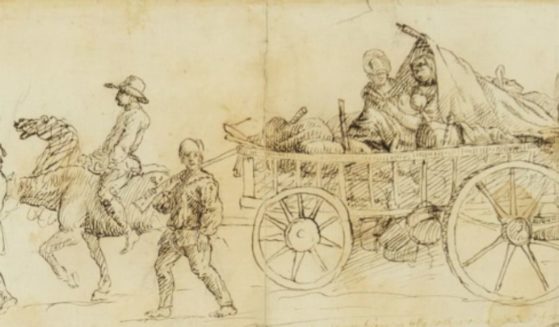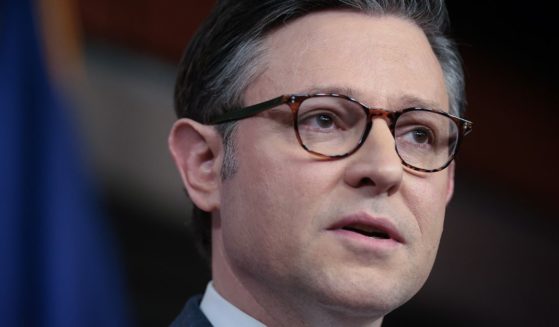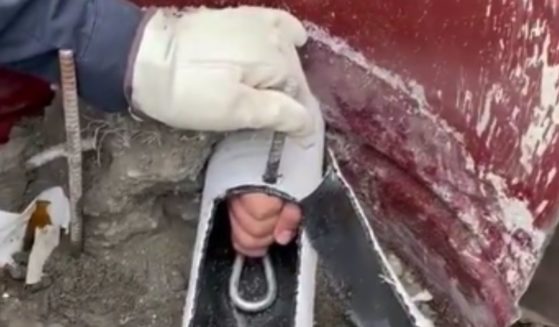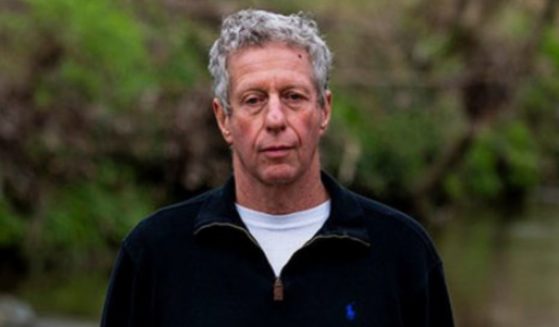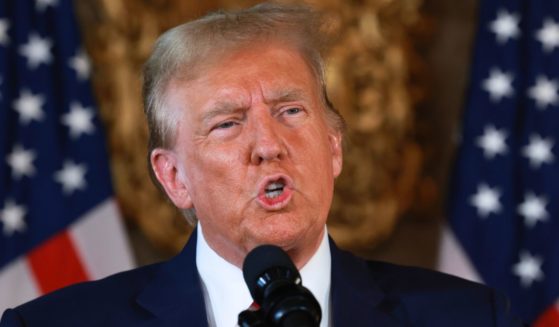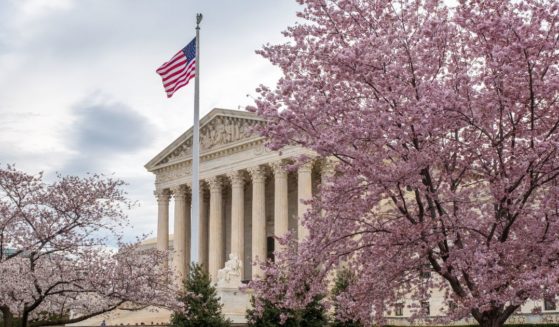After Treating Barely Any Patients for a Massive $7.5 Million Each, 16 Emergency COVID Hospitals Are Standing Down
At a cost of $7.5 million a patient, they were 16 very expensive field hospitals.
Yet, according to NPR, those hospitals are now “stand[ing] down.”
You probably remember them from headlines early in the pandemic: makeshift medical centers being assembled at breakneck speed by companies contracted by the Army Corps of Engineers in anticipation of dealing with a massive influx of COVID-19 patients in our nation’s emergency rooms.
At SUNY Stony Brook on New York’s Long Island, $155.5 million was spent on a temporary hospital which, according to New York Newsday, saw “five massive field hospital tents” put up. The maximum beds under contract was 1,038.
To the west on Long Island, another $118.5 million was spent putting up another field hospital at SUNY Old Westbury. Neither have yet to see a single patient. Newsday reported the decision was made not to staff or fully equip the sites in mid-April when the predicted need for hospital beds never materialized.
In Denver, a field hospital at the Colorado Convention Center was supposed to have up to 2,000 beds and open in late April. On April 20, The Denver Post reported the facility wouldn’t be ready until May 15 and would have “about 600 beds.” On Thursday, KUSA-TV reported it would open June 4 and hold 200 beds.
Cost: $34.6 million. Patients seen so far: 0.
These were just some of the quick-hospital projects that were arranged for the cost of over $660 million to taxpayers, according to NPR, which analyzed federal spending records. They looked at over 30 projects that received money; 17 of these projects were listed in their report on the program.
One of them, the facility at New York City’s Javits Center, was an outlier. Costing $11.4 million, it cumulatively treated 1,095 patients. This, by the way, was nowhere near its capacity of 1,900 beds.
The other 16 field hospitals, which cost a total of $615 million, treated just 82 patients during the time they were open — the ones that opened at all, that is.
There were a few reasons these field hospitals were so expensive. As per the Army Corps of Engineers’ specifications, they needed to be bid on and built at lightning speed. This meant the bids were restricted and limited to contractors the government believed could deliver on time.
“I tell our guys, you have three weeks,” Lt. Gen. Todd Semonite, commander of the Army Corps of Engineers, said back in March during a Pentagon media briefing.
“You get as much as you can [get] done in three weeks. And then the mission is complete. We have a narrow window of opportunity. If we don’t leverage that window of opportunity, we’re gonna miss it.”
Officials bragged that the contract for the SUNY Stony Brook facility was closed in “little more than three days.” The process usually takes between six and nine months.
“This time savings was critical in order for construction to begin as quickly as possible, supporting the unusual and compelling nature of the urgency of this procurement and the national emergency,” the Army Corps said in a document.
The problem was that the need for these projects were based on models which have been frightfully wrong on a multitude of occasions.
In the case of the University of Washington’s Institute of Health Metrics and Evaluation model, the state of New York would need over 50,000 beds on April 1; the actual number was 12,226. While the media was telling us hospitals across America were going to be overrun, this never really happened.
This meant that the majority of the Army Corps hospitals never saw a single patient. Some didn’t even open and many have been told to stand down as the first wave of the crisis abates. Some of them have been closed. Projects were scaled back — like the Colorado Convention Center field hospital, which will have one-tenth of the beds that it was originally supposed to have.
This was seen as a victory for social distancing and state stay-at-home policies; governors were thrilled at this state of affairs.
“All those field hospitals and available beds sit empty today,” Republican Florida Gov. Ron DeSantis said last month. “And that’s a very, very good thing.”
“These 1,000-bed alternate care sites are not necessary; they’re not filled. Thank God,” said Michigan Gov. Gretchen Whitmer, a Democrat.
We should be thrilled that we don’t have field hospitals teeming with COVID-19 patients, but there was little criticism from officialdom on a very expensive backstop based on models that didn’t compute.
“It’s so painful because what it’s showing is that the plans we have in place, they don’t work,” Robyn Gershon, professor at New York University’s School of Global Public Health, told NPR. “We have to go back to the drawing board and redo it.”
As well we should. At $7.5 million a patient, these 16 facilities were a failure of planning.
Meanwhile, she believes lives were lost because officials continued telling people not to seek medical attention in order to save resources.
“The mantra was, ‘Don’t come to the hospital, don’t go to the doctor, stay home, stay home till your lips turn blue,'” she said. “Well, we now know that was a crazy set of advice.”
According to Gershon, her cousin stayed at home with COVID-19 until it progressed to its late stages; by the time he died, he was on a ventilator.
As for the fact that the two Long Island field hospitals were completed but never treated any patients: “That’s outrageous,” she said. “That’s completely crazy. I hope they didn’t take them down.”
And, indeed, there may be a second wave that require the use of these field hospitals — but then, models which accurately predicted how the first wave meant could have also meant that we may have saved money by bidding on them in a more deliberate manner and building them at a more reasonable pace.
Even if you take the Javits Center into the equation, this didn’t work out as it was planned. NPR said the intake process at the field hospital there was considered so convoluted that, even though the hospital treated 1,095 patients, it was never near capacity while hospitals throughout the city were overflowing.
“There are a lot of losers in it and not a lot of winners,” said Dario Gonzalez, the New York City Fire Department emergency doctor who helped to lead the response at the Javits Center field hospital.
“It was very disappointing,” he added. “Everybody was here, ready to work, ready to get patients in.”
Even if you take the Javits Center into account in the list of major Army Corps medical centers NPR provided, the cost still comes out to well over $500,000 per patient.
And yes, if need be, at least some of the field hospitals can be reopened quickly.
“We really wanted to make sure that we were maintaining some of the physical infrastructure that has been built there. So that should we need it, it doesn’t take us a long time to potentially turn that back on,” said Allison Arwady, Chicago’s public health commissioner.
Whether or not they ever need to be reopened is a totally different question. Based on what we’ve seen thus far, the answer is likely no.
Given that, this was a waste of resources,
Truth and Accuracy
We are committed to truth and accuracy in all of our journalism. Read our editorial standards.

